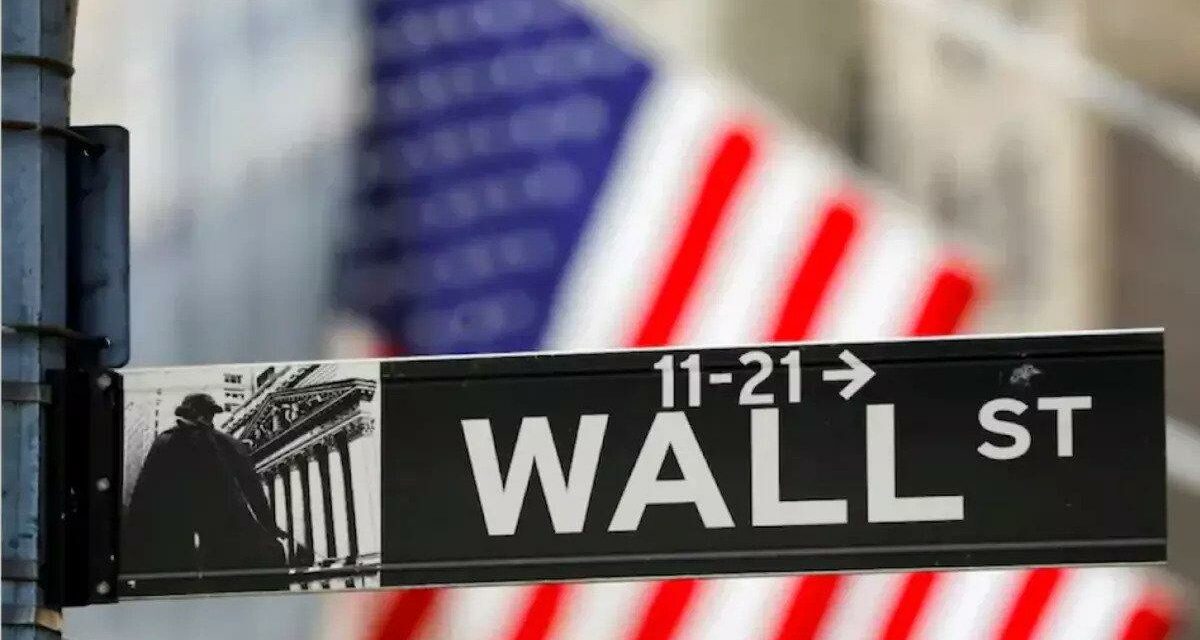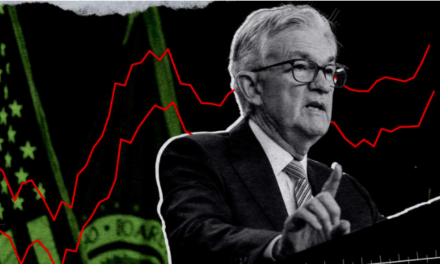Christmas may soon be upon us, but the corporate sector is keeping an eye on several upcoming reports, which will be issued before primary indices close for the Holidays.
This week’s economic calendar includes the release of the latest personal consumption expenditures (PCE) index, the US Federal Reserve’s inflationary measure of choice. A secondary reading on the US gross domestic product (GDP), the most recent housing data, and the Conference Board gauge of consumer confidence are also slated for within the week.
The aforementioned reports are expected to give insights on an issue that has lain heavily on investors’ minds for months: if Fed officials will be hiking interest rates again and whether related policy changes will lead to an economic recession.
Why is the PCE so Important?
Expected for release on Friday, December 23rd, the PCE is this week’s most anticipated data point for the economic community.
The PCE is expected to have risen by 0.1% last month, slightly lower than the 0.3% reported in October. PCE inflation is also expected to have mellowed from 6% to 5.5%.
Meanwhile, the core PCE, which excludes volatile components like food and power, is expected to have climbed by 0.2% in November, with a slightly lower increase of around 4.7% over the year, down from the previously reported 5%.
Not a Bull, But a Bear in Winter
Traditionally, December on Wall Street is considered the most bullish time of the year for all stock indices. But December 2022 may just be the exception to the rule.
The finance sector kept its fingers crossed for a Santa Claus rally or a sustained rise in the stock market in the last five trading days of the year and the first two of the next. However, it has become unlikely that such a rally will occur.
Indeed, many investors expressed worries that the Fed will keep interest rates higher for a protracted period of time, leading to a serious economic downturn in the new year.
One reason is that the US stock market confirmed back-to-back weekly losses as of Friday, December 16th. The S&P 500 was down by 2.1%, while the Dow Jones Industrial average was pegged at 1.7%. The tech-centric Nasdaq Composite, on the other hand, was down by 2.7%.
This is the first time since September that such losses were reported.















